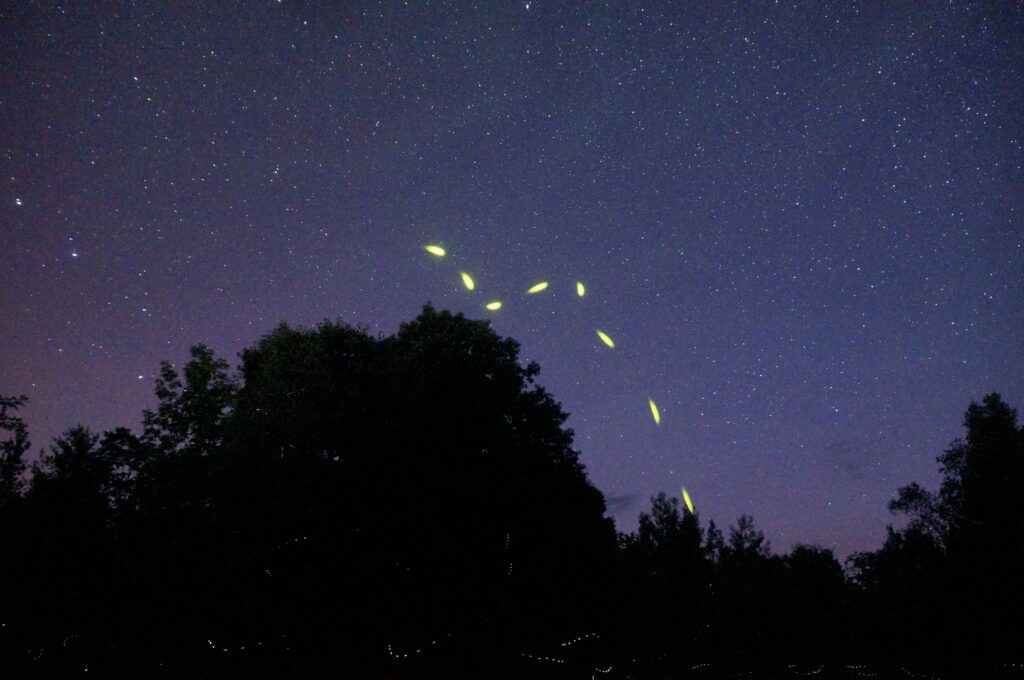In the warm embrace of summer evenings, few natural phenomena captivate our imagination quite like the synchronous dance of fireflies illuminating the darkness. These remarkable insects create a mesmerizing spectacle through bioluminescence—the production of light by living organisms without generating heat. Unlike our conventional light sources that waste energy through heat production, fireflies achieve nearly 100% energy efficiency in their light-making process. This cold light production, technically termed “cold light” because it generates minimal thermal energy, represents one of nature’s most elegant chemical reactions. Through a fascinating evolutionary adaptation, these beetles have mastered a light-production system that humans have yet to fully replicate in technology. Let’s explore the magical world of firefly bioluminescence and uncover the intricate science behind their enchanting glow.
The Evolutionary Purpose of Firefly Light

Fireflies, belonging to the beetle family Lampyridae, have evolved their bioluminescent abilities primarily for reproductive purposes. Male fireflies emit specific flash patterns while flying to attract females of their species, creating a natural light-based dating service. Female fireflies typically remain stationary but respond with their own species-specific flash pattern to signal their location and receptiveness to potential mates. Some species have evolved complex “conversations” of light, with precise timing between male signals and female responses that help ensure they find compatible partners. Beyond mating, certain firefly species use their light as a warning signal to predators, advertising their bitter taste and potential toxicity—a phenomenon known as aposematic signaling that helps protect them from becoming a meal.
The Chemical Components Behind the Glow
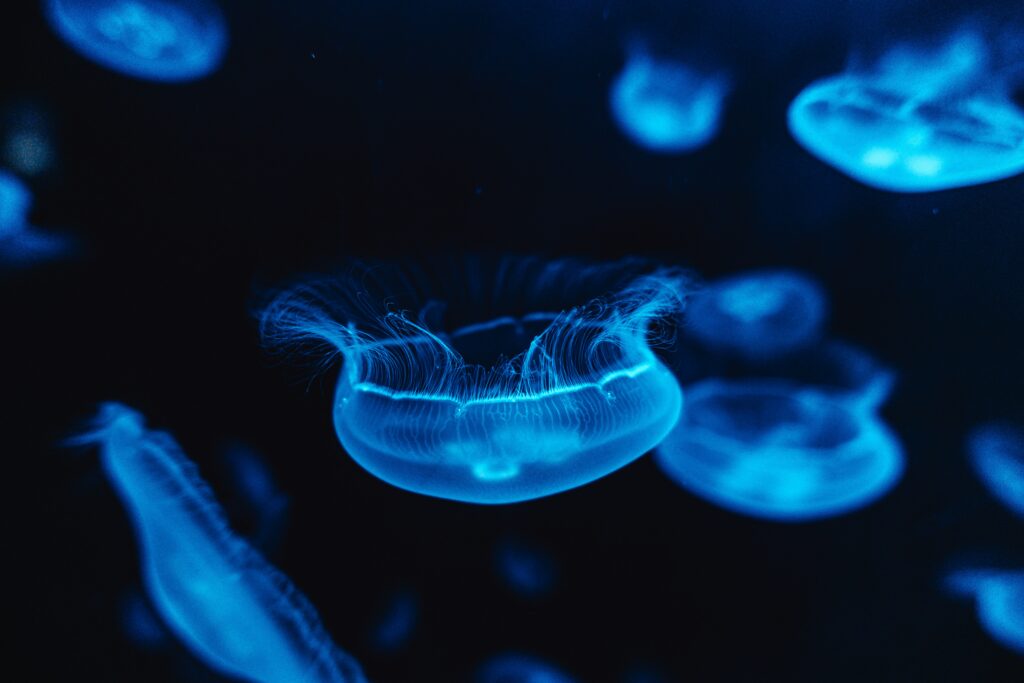
At the molecular level, firefly bioluminescence relies on two key components: the substrate luciferin and the enzyme luciferase. Luciferin is a light-emitting compound that serves as the fuel for the reaction, while luciferase is the specialized enzyme that catalyzes the reaction. A third component, adenosine triphosphate (ATP), which is the energy currency in all living cells, provides the necessary energy to drive the chemical reaction forward. These three components must come together in the presence of oxygen to initiate the light-producing reaction. The molecular structure of luciferin varies slightly among different bioluminescent species, contributing to the different colors of light produced across firefly species, from yellows and greens to rare blues and reds.
Inside the Firefly’s Light Organ
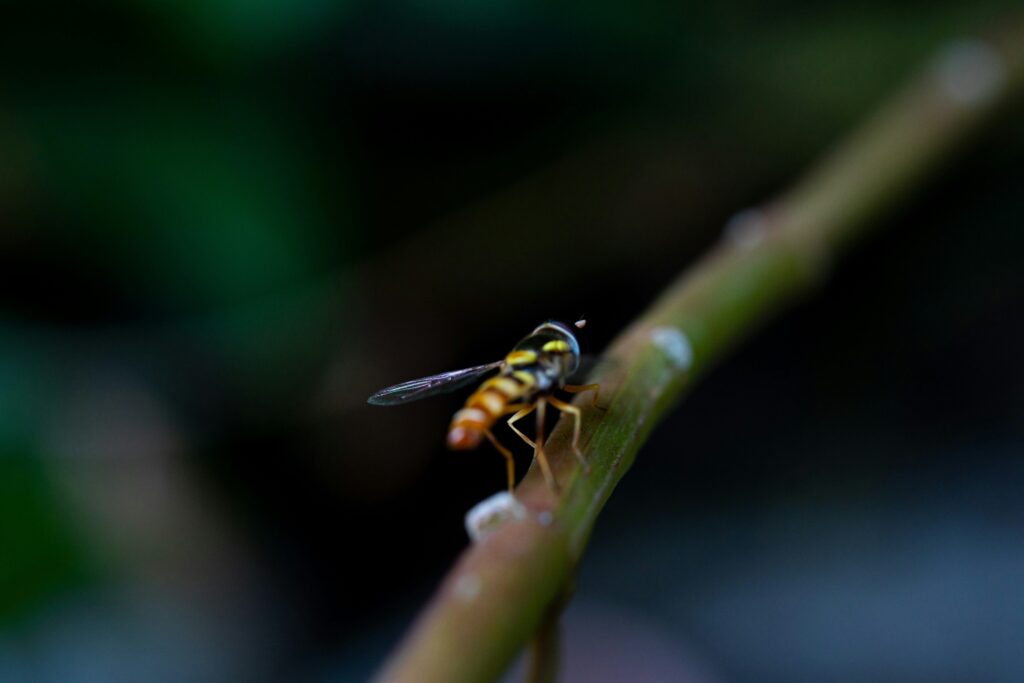
Fireflies produce their light in specialized organs called photophores, typically located on the underside of their abdomens. These light organs contain specialized cells packed with mitochondria (cellular energy producers) that supply the ATP needed for the light reaction. Surrounding the light-producing cells are reflector cells containing the crystalline chemical uric acid, which helps direct the light outward, functioning much like the reflector in a flashlight. Fireflies can control their light production through the nervous system, regulating oxygen supply to the light organs via a network of tracheoles (tiny breathing tubes). When the firefly wants to shine, it sends more oxygen to the light organ; when it wants to dim, it restricts the oxygen flow, giving it precise control over its signaling.
The Biochemical Reaction That Creates Cold Light
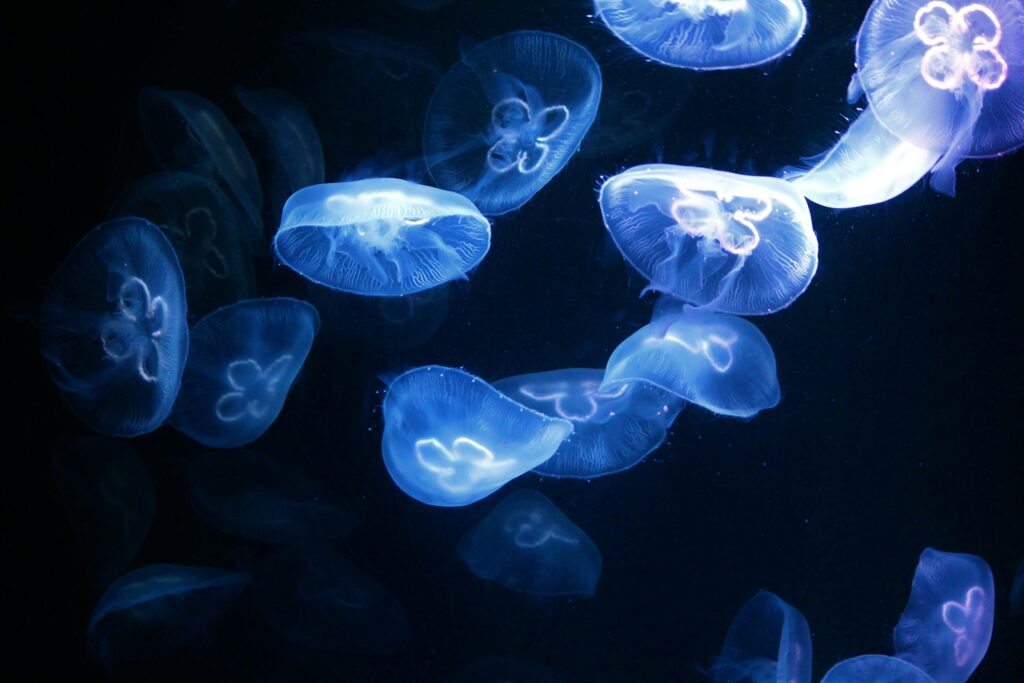
The light-producing reaction in fireflies is a remarkable example of chemiluminescence, where chemical energy directly converts to light energy with minimal heat loss. In the presence of oxygen, the enzyme luciferase catalyzes the oxidation of luciferin, converting it to oxyluciferin in an excited state. As this excited oxyluciferin returns to its ground state, it releases energy in the form of a photon—a particle of light. This reaction is incredibly efficient, with nearly 100% of the energy converted to light rather than heat, making it vastly more efficient than any human-made light source. The wavelength (color) of the emitted light depends on the structure of the luciferin molecule and the specific environment within the light organ, allowing different firefly species to produce their distinct signature colors.
How Fireflies Control Their Flashing

The characteristic flashing pattern of fireflies isn’t random—it’s a precisely controlled signal that varies by species. Fireflies regulate their flashing through a complex neural mechanism that controls oxygen delivery to their light organs. When a firefly decides to flash, nerve impulses trigger specialized cells to deliver oxygen to the light-producing cells, initiating the luciferin-luciferase reaction. When it’s time to turn off the light, the firefly restricts this oxygen supply, effectively halting the reaction. Different firefly species have evolved distinctive flash patterns—some produce single flashes at regular intervals, others generate double flashes, and some create long-lasting glows rather than intermittent flashes. These species-specific patterns help ensure that males attract females of their own species in areas where multiple firefly species coexist.
The Remarkable Efficiency of Bioluminescence
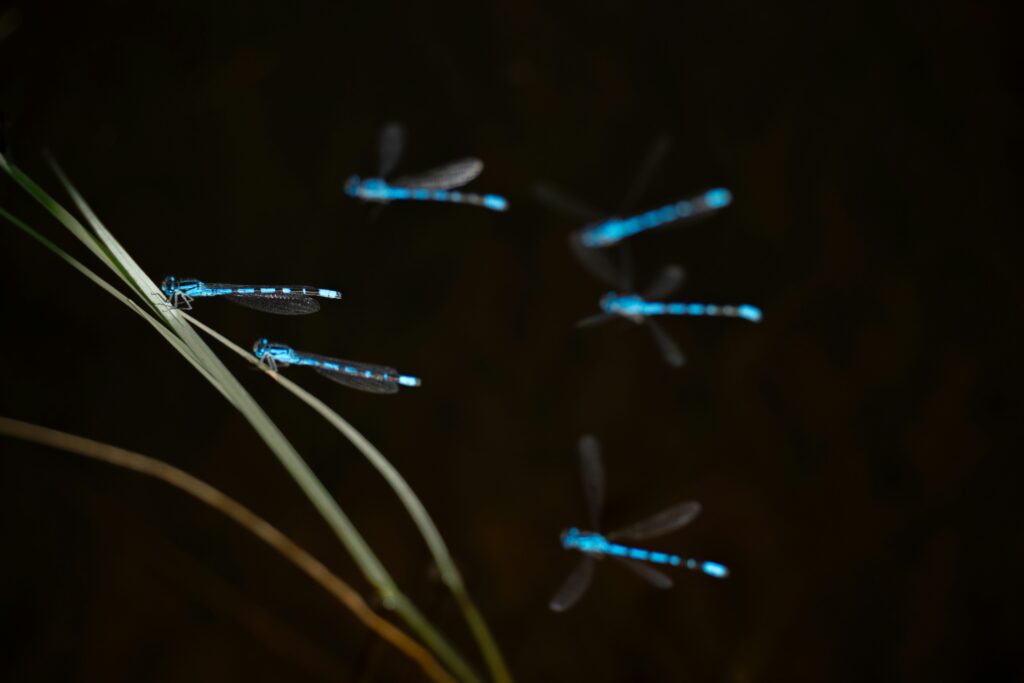
The most astonishing aspect of firefly bioluminescence is its near-perfect efficiency. While an incandescent light bulb converts only about 10% of its energy to light (with the rest wasted as heat), and even LED lights achieve around 40% efficiency, fireflies convert nearly 100% of the chemical energy in their reaction directly to light. This “cold light” is produced at temperatures just slightly above the ambient environment, usually around 68°F (20°C). The secret to this efficiency lies in the direct conversion of chemical energy to light energy, bypassing the thermal energy stage that makes human-made lights so inefficient. If we could replicate this efficiency in our lighting technology, it would revolutionize energy consumption worldwide and significantly reduce carbon emissions from electricity generation.
Diversity of Colors in Firefly Species

Fireflies around the world don’t all produce the same color of light—their bioluminescence spans a spectrum from green to yellow to orange and even rare blues. North American fireflies typically emit yellow-green light with wavelengths around 560 nanometers, which happens to be the most visible wavelength to the human eye under low-light conditions. Certain Asian species produce more blue-green light, while some tropical fireflies create distinctly orange glows. These color variations result from subtle differences in the structure of their luciferin molecules and the microenvironment within their light organs. Environmental factors like pH levels within the light organ can also influence the exact wavelength of light produced, allowing some species to slightly adjust their light color in different conditions.
Bioluminescence Across Other Species

While fireflies might be the most famous bioluminescent creatures, they’re far from alone in having evolved this remarkable ability. Deep-sea organisms represent the largest group of bioluminescent species, with some estimates suggesting up to 90% of deep-sea creatures can produce their own light. These include anglerfish with their famous dangling lures, various jellyfish, and countless species of tiny plankton that create the “milky seas” phenomenon witnessed by sailors. On land, besides fireflies, certain fungi like the honey mushroom (Armillaria mellea) produce an eerie glow called “foxfire” that illuminates forest floors. Even some earthworms, millipedes, and snails have developed bioluminescent capabilities, though they use different chemical systems than fireflies to produce their light.
Applications in Scientific Research

The firefly’s light-producing system has become an invaluable tool in scientific research and medical diagnostics. Scientists have isolated the genes responsible for producing luciferase and luciferin and can now insert these genes into other organisms as “reporter genes” to track biological processes. When researchers want to monitor gene expression, they can attach the luciferase gene to the gene they’re studying—when the target gene activates, it produces luciferase, which creates a measurable light signal. This technique has revolutionized studies of gene regulation, disease progression, and drug testing. Medical researchers use luciferase-based systems to track the spread of cancer cells, monitor bacterial infections in real-time, and screen potential pharmaceutical compounds for effectiveness against various diseases.
Technological Inspirations from Firefly Light
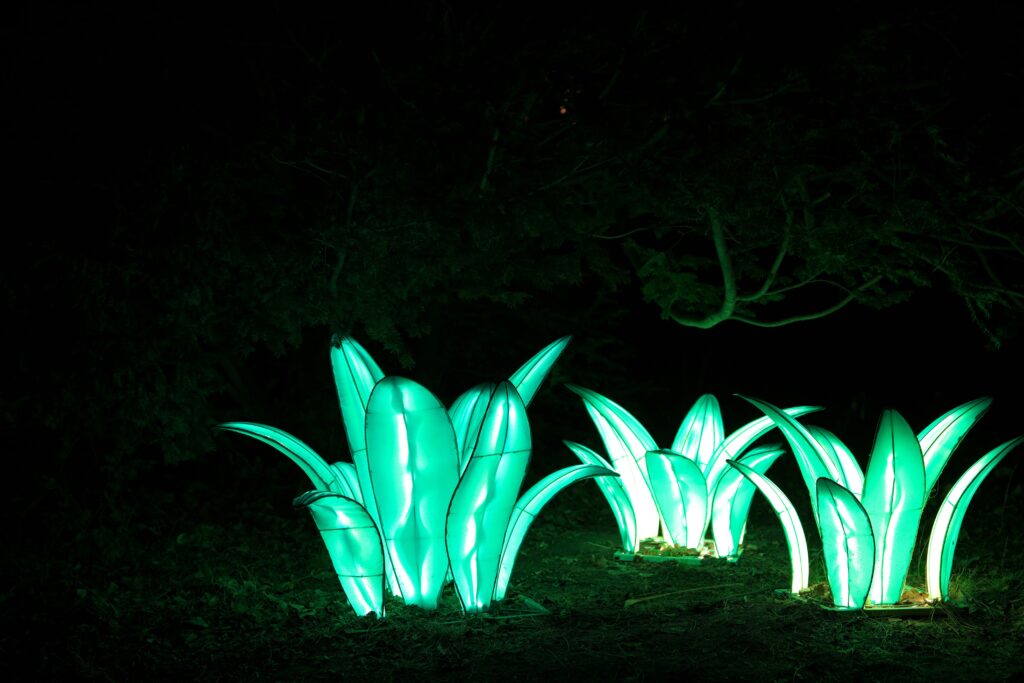
Firefly bioluminescence has inspired numerous technological innovations aimed at creating more efficient lighting solutions. Scientists have developed “bio-LEDs” that incorporate principles from firefly light organs, including their internal structure that helps maximize light output through reflection and refraction. Researchers at Syracuse University created more efficient LED lights by mimicking the microscopic scale pattern found on firefly lanterns, which helps more light escape the surface. Some companies are even developing bioluminescent plants by incorporating firefly genes, hoping to create sustainable, electricity-free lighting options for the future. The perfect efficiency of the firefly’s light production continues to inspire engineers searching for better lighting technologies that could drastically reduce global energy consumption.
Threats to Firefly Populations

Despite their fascinating biology, firefly populations face significant threats worldwide from human activities. Light pollution from cities and suburbs disrupts their light-based mating signals, making it difficult for fireflies to find mates and reproduce successfully. Habitat destruction through urban development, agriculture, and logging eliminates the specific environmental conditions many firefly species need for their life cycles. Pesticide use in agricultural and residential settings can directly kill fireflies or eliminate their prey. Climate change is altering the timing of firefly emergence and affecting the habitats they depend on, particularly for species that require specific moisture conditions. Conservation efforts focused on reducing light pollution, preserving natural habitats, and limiting pesticide use are essential for protecting these luminous insects and their irreplaceable light displays.
Cultural Significance Around the World
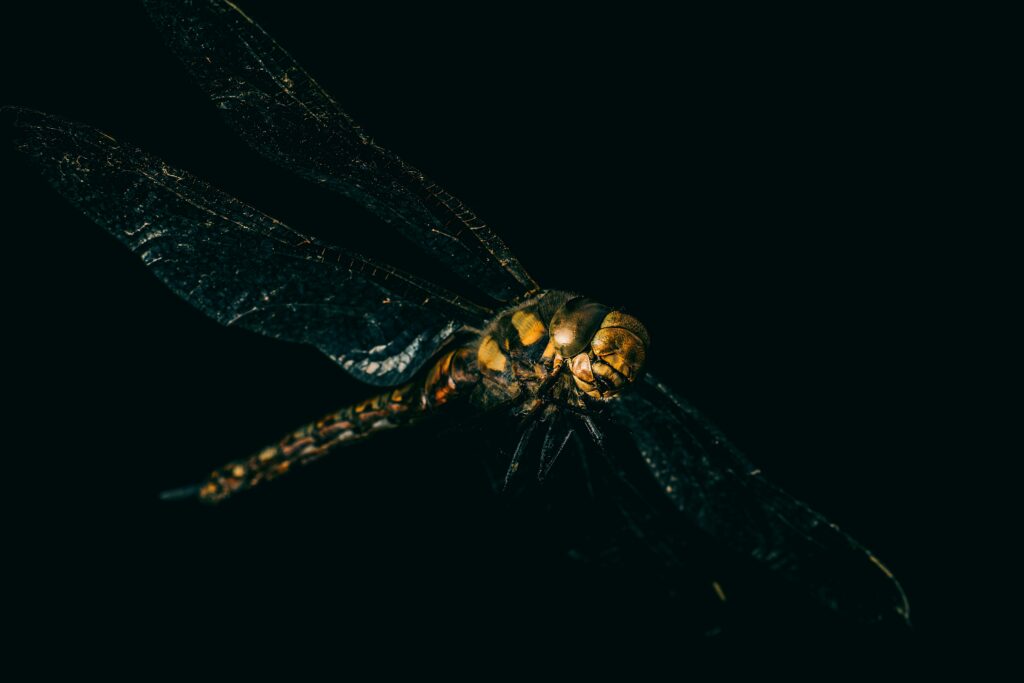
Fireflies have illuminated human imagination across cultures throughout history, appearing in folklore, art, literature, and cultural celebrations worldwide. In Japan, fireflies (hotaru) symbolize the souls of the dead and are celebrated in summer festivals where people gather to watch these insects illuminate river banks. Ancient Chinese poetry frequently references fireflies as symbols of scholarly dedication, with tales of poor students capturing fireflies in jars to provide light for nighttime studying. In various Native American traditions, fireflies feature in creation stories and are sometimes considered carriers of fire or light to humanity. Contemporary cultures continue to celebrate fireflies through firefly festivals held throughout Asia, North America, and Europe, drawing thousands of visitors who come to witness these spectacular light displays and celebrate nature’s magic.
The Future of Bioluminescence Research
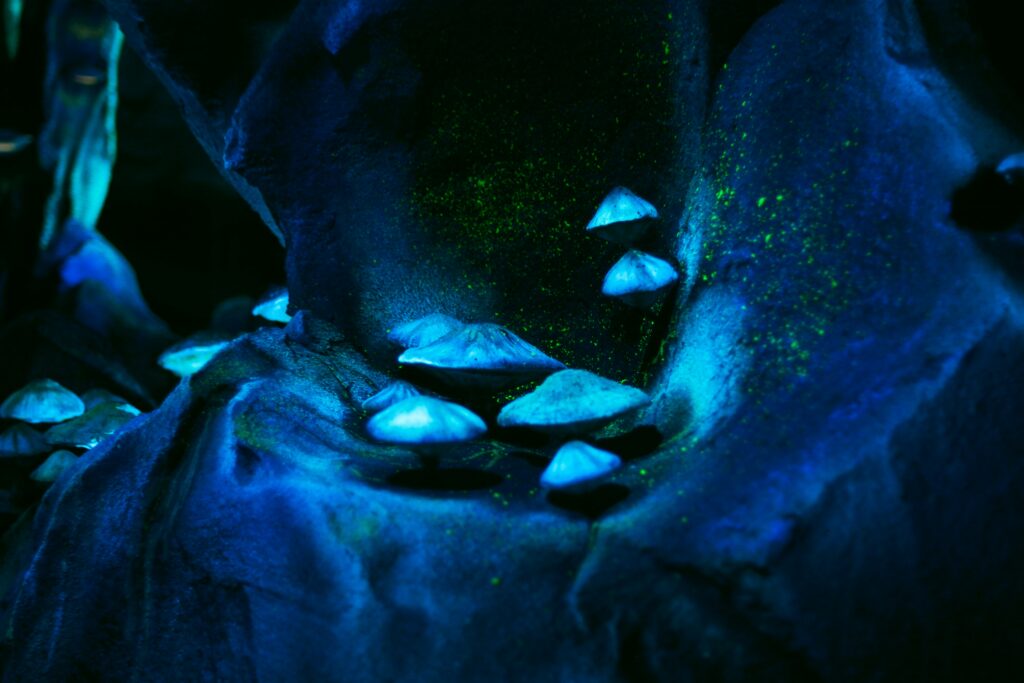
Research into firefly bioluminescence continues to advance with exciting new applications on the horizon. Scientists are exploring ways to use modified bioluminescent systems to create sustainable lighting solutions that require no electricity, potentially transforming how we illuminate our built environments. Medical applications include developing injectable luciferase-based systems that could highlight tumors during surgery or monitor disease progression non-invasively. Environmental researchers are creating bioluminescent biosensors that glow in the presence of specific pollutants, providing real-time monitoring of environmental contamination. Some futurists even envision bioluminescent trees lining city streets, creating naturally lit pathways without electricity, though such applications face significant technical and ethical challenges. As our understanding of the firefly’s elegant light-producing system deepens, so too does our ability to harness this natural technology for human benefit.
The science of bioluminescence in fireflies stands as a testament to nature’s ingenuity—a perfect light-producing system developed through millions of years of evolution. These remarkable insects have mastered what human technology still struggles to achieve: the production of light with virtually no wasted energy as heat. From their specialized light organs to the precise chemical reaction between luciferin and luciferase, fireflies demonstrate efficiency that far surpasses our best lighting technologies. As we face global energy challenges and seek more sustainable ways to light our world, these small beetles offer both inspiration and practical applications. By understanding and preserving fireflies, we not only protect a magnificent natural phenomenon but also keep alive a living laboratory that continues to illuminate new possibilities in science, medicine, and technology.

